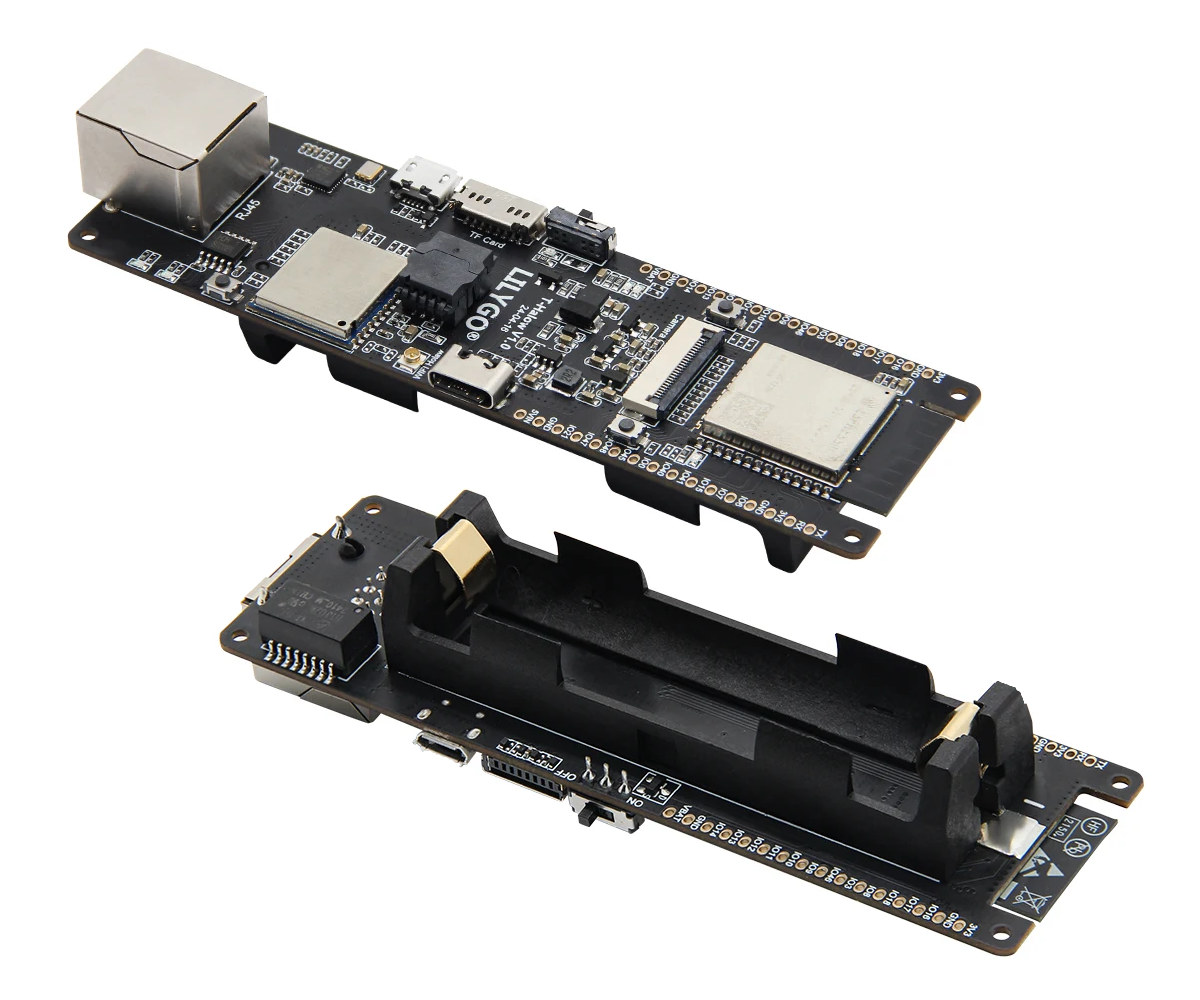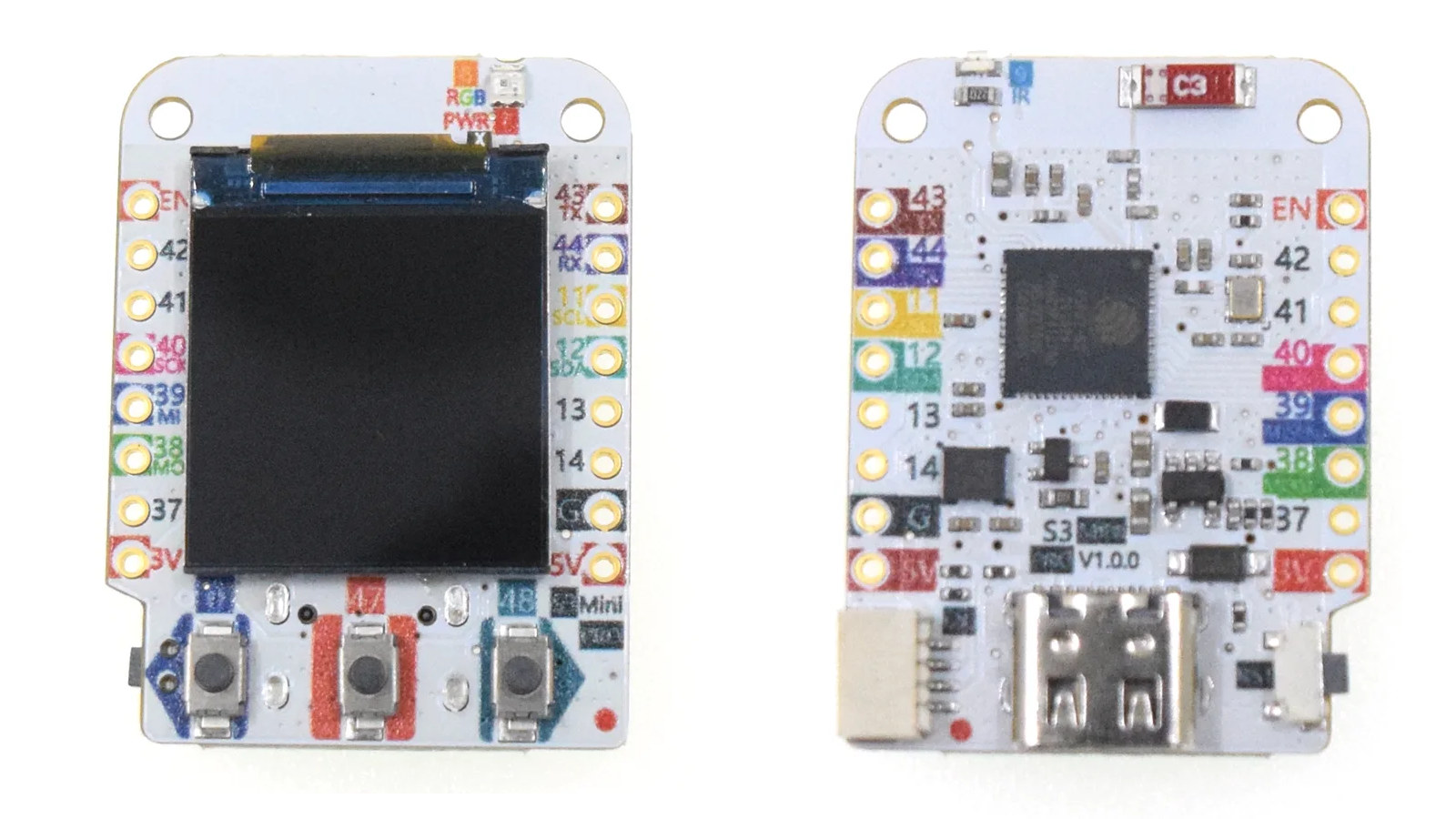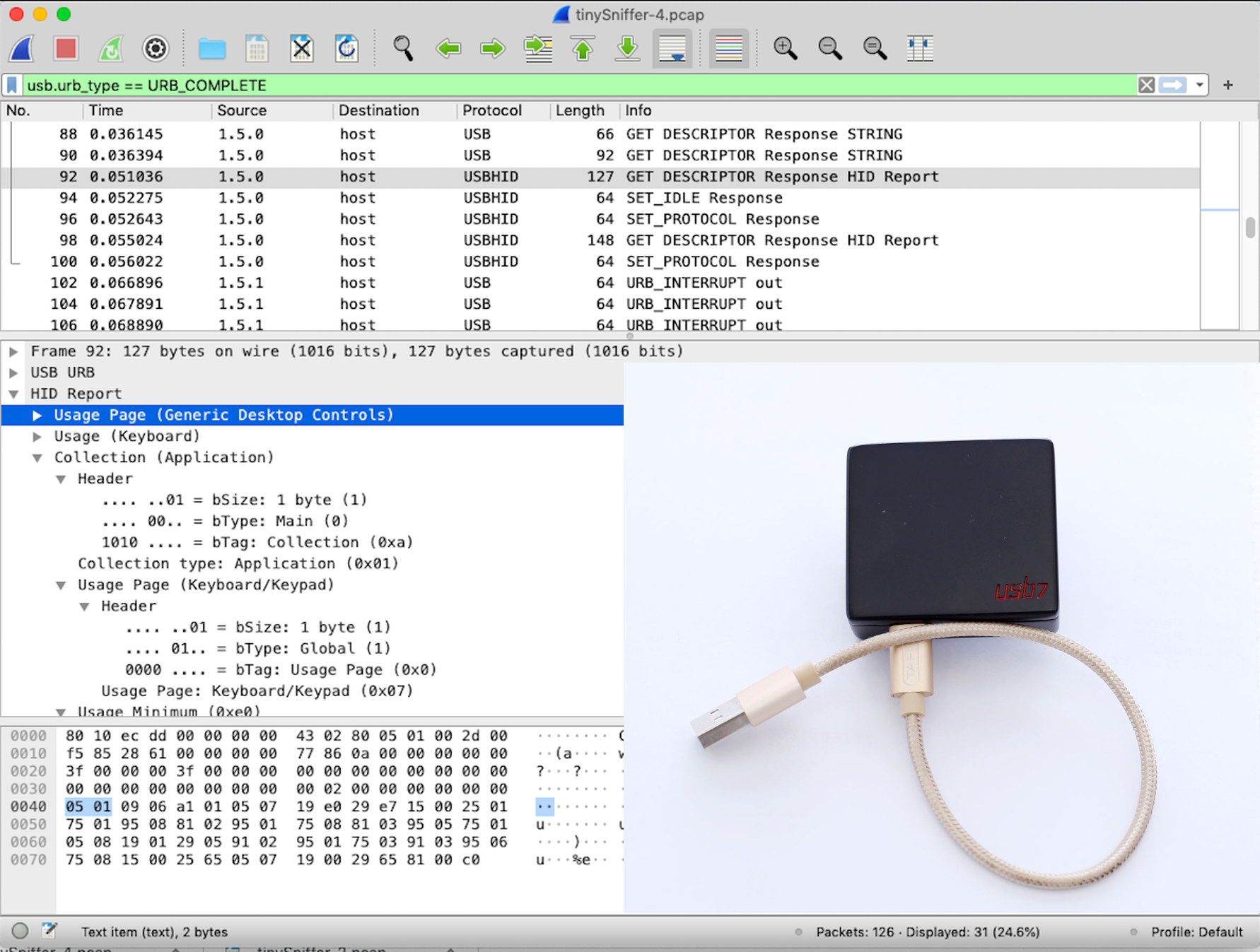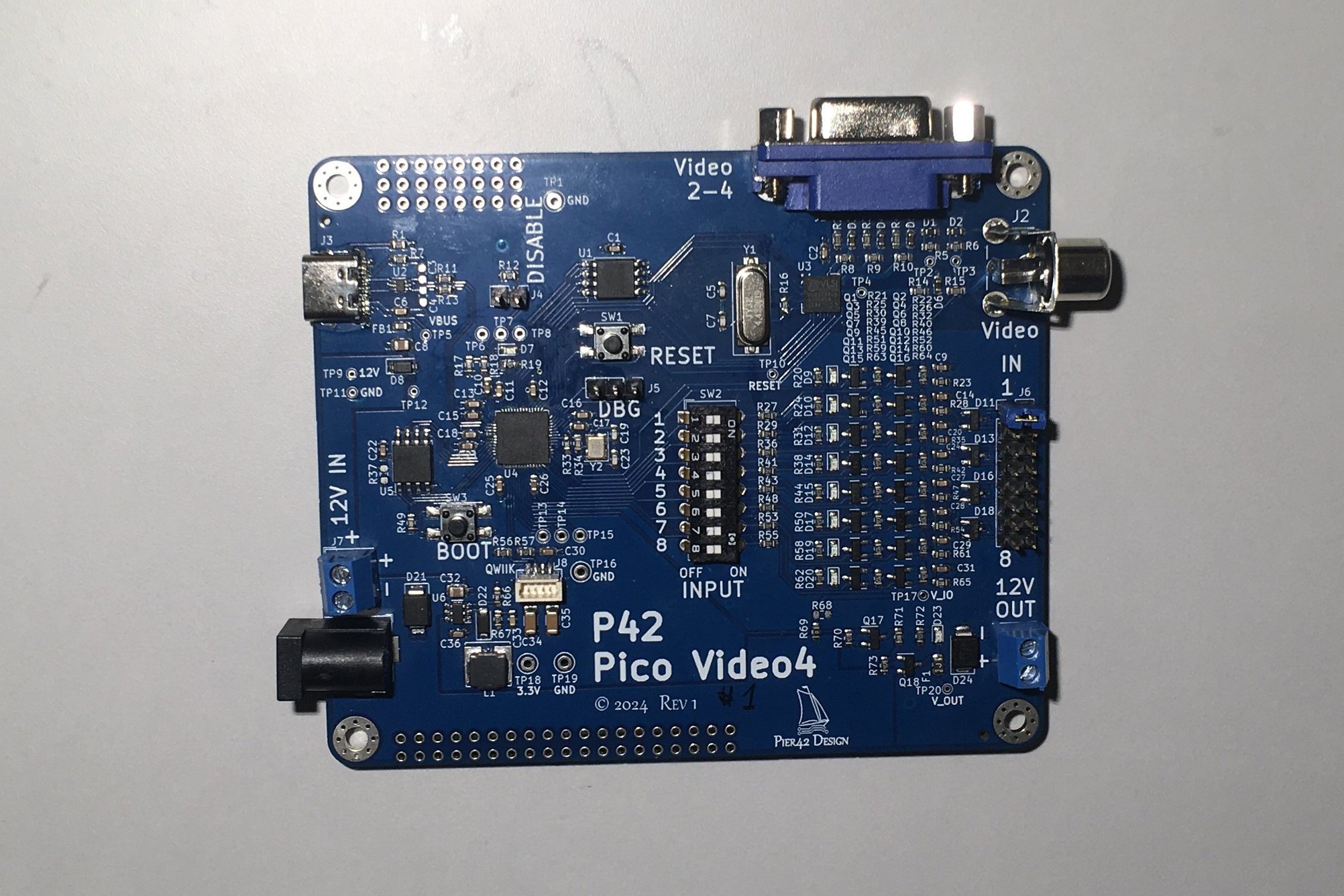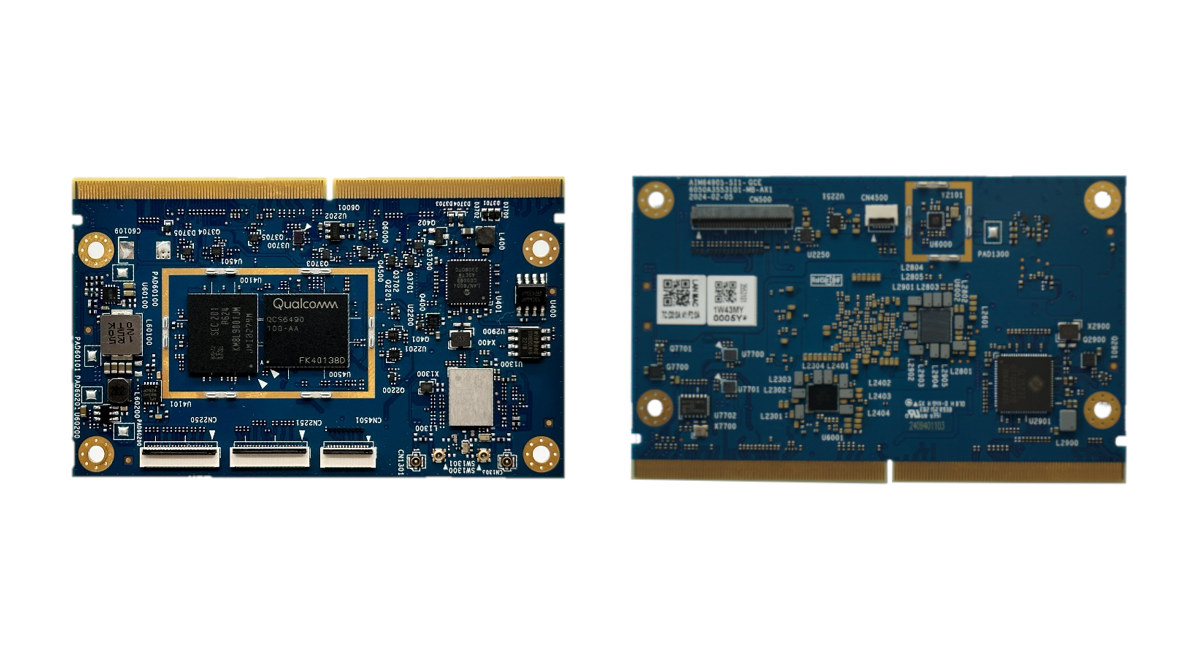LILYGO T-Halow is an ESP32-S3 board equipped with a WiFi HaLow module with up to 1.2km range, a connector compatible with OV2640 and OV5640 camera modules, and an 18650 battery holder for power, as well as several GPIOs for expansion. We first wrote about 802.11ah low-power long-range WiFi standard operating at 900 MHz in 2014, but adoption has been slow and we’ve seen a few 802.11ah (WiFi HaLow) chips from Newracom and Morse Micro over the years, as well as USB adapters, a Raspberry Pi HAT, a mini PCIe card, gateways, and some development boards. All those rely on a Linux host, but the LILYGO T-Halow features a TX-AH WiFI HaLow module from Taixin Semiconductor that’s controller by AT commands through an ESP32-S3 or a micro USB port. LILYGO T-Halow specifications: Wireless modules ESP32-S3-WROOM-1 wireless module SoC – ESP32-S3 dual-core Tensilica LX7 microcontroller @ up to 240 MHz with 2.4 […]
Remote.It adds Bluetooth assisted WiFi configuration to Raspberry Pi SBC’s
Remote.It, a company providing remote access services, has released an open-source project to enable Raspberry Pi WiFi network configuration using Bluetooth (BLE), so users can easily configure WiFi on the board by simply using their smartphone. Configuring WiFi on a Raspberry Pi usually involves either: Manual configuration – The user connects a monitor and keyboard to the Raspberry Pi to configure the wireless network directly on the device. Pre-configured SD cards, NVMe SSDs, or USB drives – The WiFi ESSID and password can be set in Raspberry Pi USB imager, and the Raspberry Pi will automatically connect to the network at boot time. That’s quick, but less flexible since the credentials can’t be modified after deployment, and it only works when using a single wireless network. Remote.It offers a third option for WiFi provisioning using Bluetooth LE. The Raspberry Pi can run headless or fully enclosed into a product, and […]
LOLIN S3 Mini Pro – A tiny ESP32-S3 board with a 0.85-inch display and a multi-color PCB
LOLIN S3 Mini Pro is a tiny ESP32-S3 WiFi and BLE board with a 0.85-inch display and it’s one of the first boards I’ve seen with a multi-color PCB that some PCB manufacturers have been offered recently. The board features an ESP32-S3FH4R2 microcontroller with 4MB flash and a 2MP PSRAM, a 128×128 TFT display, a 6-axis motion/attitude sensor, and GPIO headers that make it compatible with LOLIN D1 mini shields for expansion. LOLIN S3 Mini Pro specifications: SoC – Espressif Systems ESP32-S3FH4R2 CPU – Dual-core Tensilica LX7 microcontroller @ up to 240 MHz Wireless – 2.4 GHz 802.11n WiFi 4 and Bluetooth 5.0 LE connectivity Memory – 2MB PSRAM Storage – 4MB SPI flash Display – 0.85-inch 128×128 LCD TFT display with GC9107/GC9A01 driver Sensor – 6-axis MEMS IMU/attitude sensor (QMI8658C) Expansion 2x 8-pin headers with up to 12x GPIO, ADC, DAC, I2C, SPI, UART, USB OTG; compatible with LOLIN […]
Lattice MachXO5D-NX FPGA family enables Hardware Security in Programmable FPGAs
Lattice Semiconductor has recently introduced the MachXO5D-NX FPGA family, which integrates a hardware root of trust (RoT) into low-power FPGAs. This addresses security challenges by combining on-chip Flash memory and hardware encryption to minimize code capture risks during load time. The MachXO5D-NX family includes three variants with logic cell counts of 27k (FMXO5-25), 53k (LFMXO5-55T), and 96k (LFMXO5-100T). These FPGAs feature built-in hardware encryption, a cryptographic engine supporting AES-256, ECDSA-384/521, SHA2-256/384/512, and RSA 3072/4096, and a unique secret identity (USID) for device identity protection. Built on a 28-nm fully-depleted silicon-on-insulator (FD-SOI) process, these FPGAs reduce power consumption by 75% and lower soft error rates by 100x(as the company mentions). They support interfaces such as MIPI D-PHY (CSI-2, DSI), LVDS, Gigabit Ethernet, and PCIe, making them suitable for secure edge applications. Lattice MachXO5D-NX FPGA family specifications FPGA – Lattice Semi MachXO5D-NX FPGA family (27k (FMXO5-25), 53k (LFMXO5-55T), and 96k (LFMXO5-100T)) Programmable […]
tinySniffer WiFi-connected USB sniffer is based on NanoPi NEO Air SBC
TinySniffer is a USB sniffer based on the Allwinner H3-powered NanoPi Neo Air SBC, designed to capture USB 1.x and 2.0 packets remotely, and whose captured data is compatible with the popular Wireshark packet analyzer tool. Wireshark can already be used to capture USB packets on its own and I reverse-engineered a USB capture video solution that way in the past, but this method has some limitations, for instance, it does not capture some low-level USB packets, in which case a hardware USB sniffer like Total Phase Beagle USB, the PhyWhisperer USB, or the tinySniffer is required. The micro USB OTG port of the NanoPi NEO Air SBC is connected to the host computer and the company added a USB 2.0 Type-A port connected to the USB interface on the GPIO header to connect a device under test such as a USB keyboard, a USB Ethernet dongle, a USB printer, […]
Raspberry Pi RP2040-based Pico Video4 display board features 4 composite video outputs
The Pico Video4 Display is a Raspberry Pi RP2040-powered board that supports up to 4 analog composite video display interfaces with dedicated frame buffer memory accessible via SPI. The four video outputs are sent out through an RCA connector and a VGA DB15-HD connector that uses the red, green, and blue channels to create a composite video signal. The Pico Video4 Display is based on the Raspberry Pi RP2040 microcontroller chip and the VLSI VS23S040 four-megabit static RAM device with a video display controller that can output NTSC, PAL, and VGA video from the memory array. It provides the composite video outputs with a dedicated frame buffer and other hardware. This ensures that the RP2040’s limited processing power and memory are not hogged up in generating the video signal, leaving room for other major tasks. It has 8 inputs that are voltage-compatible to the input voltage, from 5V to 12 […]
SagireEdge AI 600 SMARC SoM and devkit feature Qualcomm QCS6490 AIoT processor for Edge AI applications
Sagire AI’s SagireEdge AI 600 is a SMARC-compliant system-on-module (SoM) and a development kit based on Qualcomm QCS6490 octa-core Cortex-A78/A55 IoT processor and designed for Edge AI applications. The module comes with 8GB LPDDR5 and 128GB UFS storage, a WiFi 6E and Bluetooth 5.5 wireless module, a CAN Bus controller, and on-module camera and audio input connectors. Its MXM 3.0 edge connector exposes additional camera interfaces, a MIPI DSI display interface, PCIe Gen3 x2, gigabit Ethernet, a few USB interfaces, and a range of low-speed I/Os. SagireEdge AI 600 SoM specifications: SoC – Qualcomm QCS6490 CPU – Octa-core Kryo 670 with 1x Gold Plus core (Cortex-A78) @ 2.7 GHz, 3x Gold cores (Cortex-A78) @ 2.4 GHz, 4x Silver cores (Cortex-A55) @ up to 1.9 GHz GPU – Adreno 643L GPU @ 812 MHz with support for Open GL ES 3.2, Open CL 2.0, Vulkan 1.x, DX FL 12 DSP – […]
Lattice Semi Certus-NX-09 and Certus-NX-28 small footprint, low-power FPGAs feature optional PCIe Gen2 interface
Lattice Semiconductor has added two new devices to its small, low-power Lattice Certus-NX FPGA family, namely the Certus-NX-28 and Certus-NX-09 available in multiple packages and designed for communications, computing, industrial, and automotive applications. The Certus-NX FPGAs enable power-efficient PCIe Gen 2 with up to 4 times lower power compared to other FPGAs, and ultra-small form factor with up to 2 times more I/O per mm2 and PCIe and Gigabit Ethernet implementation in packages as small as 36 mm2. The company also claims high reliability and security with up to 100 times lower soft error rate, built-in SEC (Soft Error Correction) and memory block ECC for SEU (Single-Even Upset) protection, and up to 12 times faster instant-on configuration performance. The Lattice Certus-NX family is now comprised of four SKUs: LFD2NX-9, LFD2NX-17, LFD2NX-28, and LFD2NX-40 whose main highlights are shown in the comparison table below. The Certus-NX are available in various packages […]


